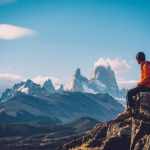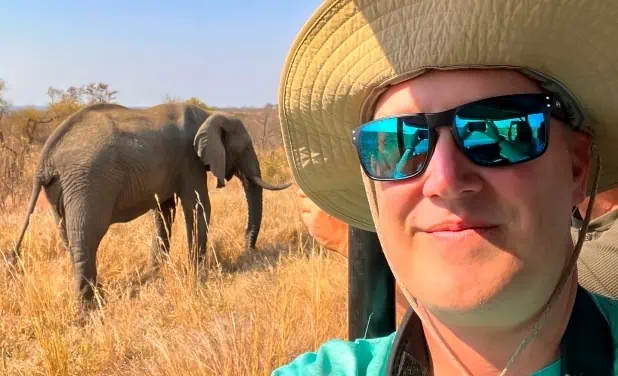One of the best parts of traveling is the wildlife. It doesn’t matter if it’s a bug I’ve never seen before or an exotic animal in its natural environment; I enjoy photographing them all.
Over the years, I’ve learned that wildlife photography is a combination of patiently waiting for that perfect, magical shot and having equally quick reflexes to catch quick-moving animals, insects, or amphibians in action! There’s an art to knowing exactly when to click the shutter, and it’s something everyone can learn.

7 Tips for Catching the Perfect Wildlife Shots
The world is full of amazing creatures, and they all have subtle movements, cues, and actions that you can use to capture them at their best. When you keenly understand how to prepare yourself for your next shot using the snapping of twigs, the rustling of leaves, or the tilt of a subject’s head, you can uncover a plethora of amazing photographic opportunities.
Start Simple

If you’re new to wildlife photography, it may benefit you to start honing your skills in a familiar environment. Before you set off on a new travel adventure, practice in your backyard or a local park, observing native birds, squirrels, insects, and frogs and experimenting with different ways of photographing them.
Once you’ve mastered the art of capturing animal behavior in familiar settings, you can start to venture further into the wild with confidence.
Understand Your Unique Subject
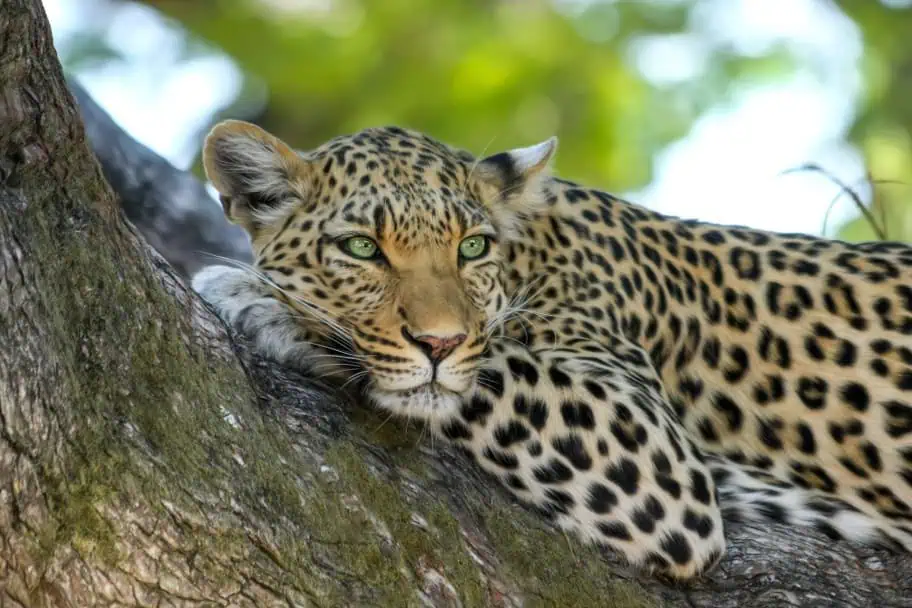
The key to understanding the subject of your shot is to research your chosen species as thoroughly as possible. When are they most active, when do they forage or hunt, and when and where do they prefer to rest? Where have other nature enthusiasts and photographers found beautiful specimens in the past?
It’s important to pay attention to your subject’s social habits as well, including whether they hunt alone or in packs, when and where they interact with their young, and where their territories are likely to lie. You can use all of this knowledge to predict your subjects’ movements and identify great photographic opportunities in the wild.
Read Your Subject’s Body Language
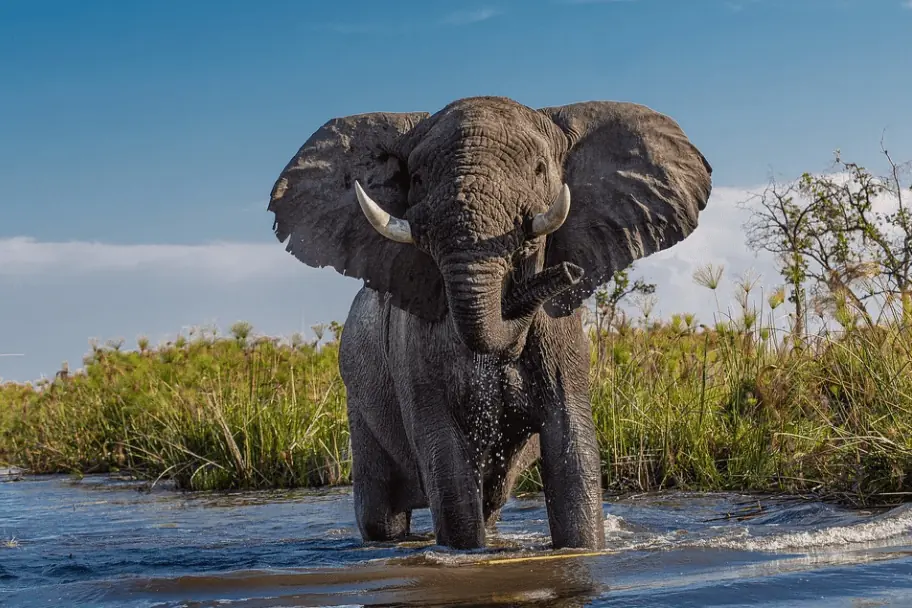
Animals, insects, reptiles, and amphibians all communicate through a series of subtle movements, much like our own body language. A predator’s crouch could signal an intent to hunt or attack, while a deer or hare’s pricked ears could indicate alertness and readiness to run.
When you gain a deeper understanding of these cues, you can anticipate each subject’s actions before they take place, helping to prepare you for the moment your golden shot arrives.
Remember to keep an eye on where your subject’s gaze is directed as well. Looking intently in a certain direction can indicate the presence of a mate, a rival, or even prey. This, in turn, enables you to focus your camera on the point of action and be ready to capture it as it unfolds.
Master Your Observation Skills
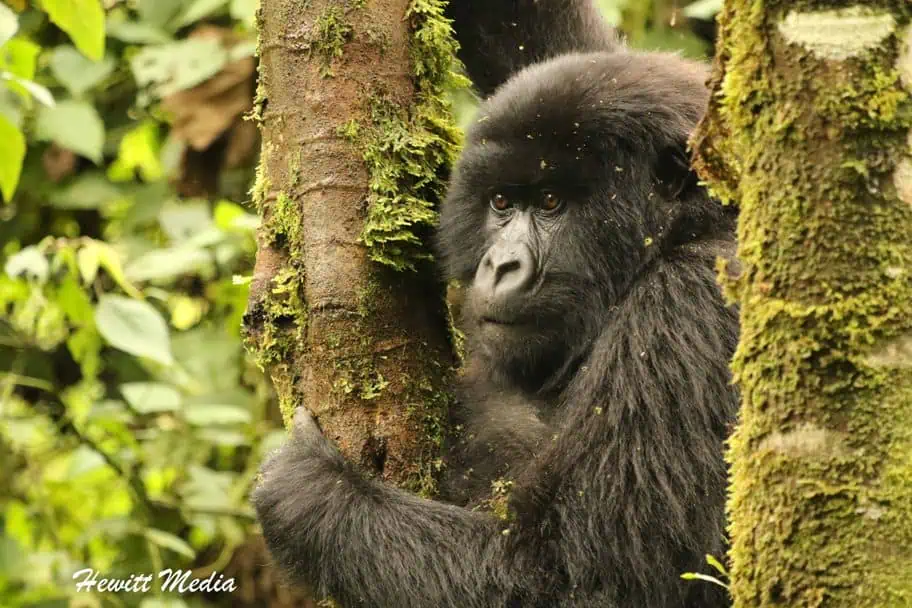
One of your most valuable skills as a wildlife photographer is quiet patience. When you are on-site, ready to start photographing the nature around you, it’s important to minimize distractions like smartphone notifications, radios, and loud music.
Find an unobtrusive spot with a great view of your subject to position yourself in. Wear camouflage clothing, a ghillie suit, or natural blinds to seamlessly blend into the environment around you and allow your subjects to comfortably carry out their natural behaviors.
Use Your Camera Strategically
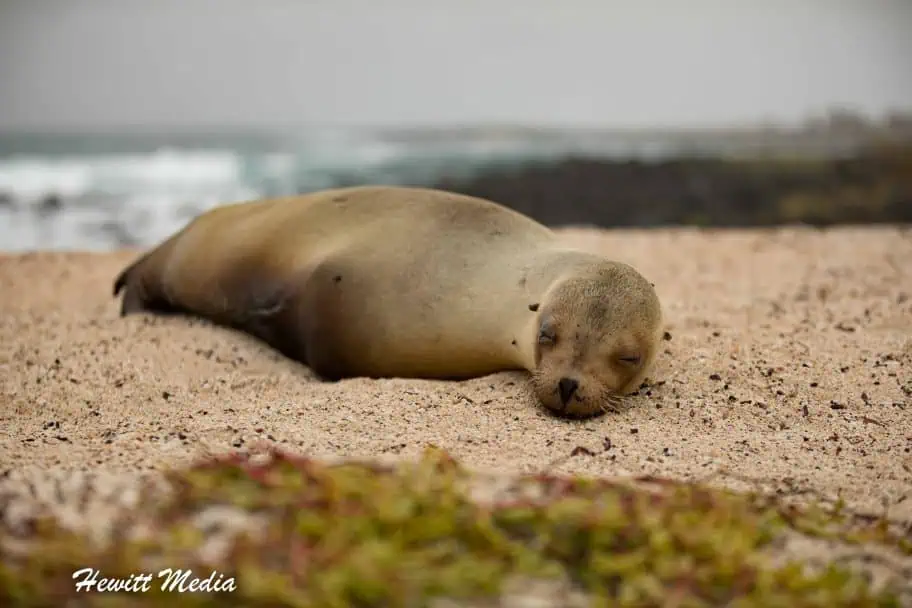
As a photographer, you already know that your camera is your most essential tool for taking exceptional wildlife shots. When a striking moment presents itself, you can strategically use camera settings like burst mode to capture rapid sequences of frames, ensuring that you catch as many quality images of a scene or event as possible. This increases your chances of capturing clear, well-proportioned images of your subject.
You also need to understand the aperture and shutter speed for the best results. The faster your shutter speed, the better you will be able to capture crisp shots of animals in motion. Try using a speed at least twice that of your focal length (for instance, 1/500 sec for a 250mm camera lens) when taking pictures of moving subjects.
Your chosen aperture will control how much background blur and light is visible in your image. A lower f-number (or a wider aperture) will allow more light into your lens, creating a blurred background and keeping maximum focus on your subject. However, if your field of depth is shallow, bear in mind that this technique may only enable the camera to focus on part of your subject.
Experiment with your camera’s aperture and shutter speeds to find the best balance for your specific photographic style.
| READ MORE: |
 |
| Tips for Photography on African Safaris |
Respect Nature

Whether you’re in a National Park, in the wilds of Central America, or shooting in your backyard, your subjects and the nature around you should always come first. Keep a safe distance from wild animals and avoid using flash photography wherever possible, as this can startle your subjects and place unnecessary stress on them.
It’s also essential to make as little noise or disruption as possible and leave no trace. Always take any trash and equipment with you when you leave! Our natural ecosystems thrive amid a delicate balance, and respecting this balance will allow you and other photographers to keep capturing striking shots time after time.
Embrace Constant Learning
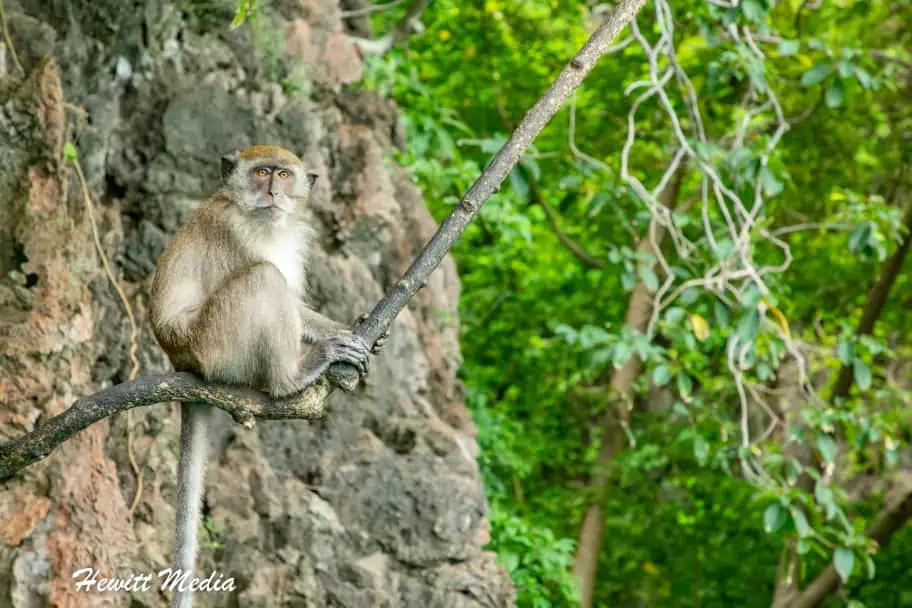
Wildlife photography can provide unforgettable experiences, but the process of constant and ongoing learning is just as important as capturing the image of a lifetime. Remember to take a deep breath, enjoy your time in nature and the creatures you encounter, and learn as much as possible from every trip and outing.
Even if you’re brand new to shooting wildlife, creating an online portfolio of your photographs is a great idea. It helps you see how you’re improving and progressing over time and what skills you need to work on.
Combine Your Skills For The Best Wildlife Shots
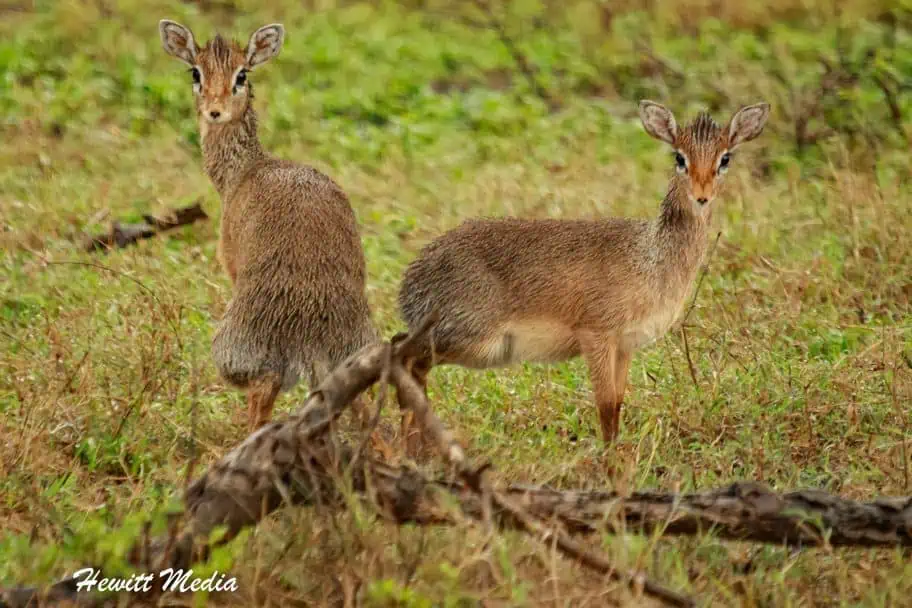
Anticipating the perfect moment in wildlife photography requires a combination of technical skills, behavioral knowledge, and a deep respect for the natural world. If you can strike this balance, you will be well on your way to capturing the secrets of the wild in visual form.
About the Author



